Hello My Friends, In this article we will share information for my audiance who are mostly first-time home buying. So as a first-time homebuyer, the world of private mortgage insurance (PMI) can seem scary. But don’t worry, we’ve got you covered! This guide will help you understand , What is Private Mortgage Insurance (PMI)? so you can find your dream home.
Buying a home is a big deal, am i correct? and It’s really exciting but can also feel overwhelming. Knowing about PMI is key, whether you’re new to real estate or not. This guide will be your friend, helping you through the process and making sure you make smart choices for your money.
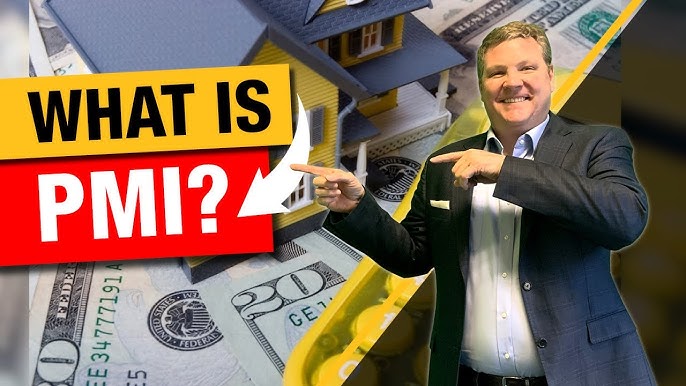
Key Takeaways
- Gain a comprehensive understanding of private mortgage insurance (PMI) and its role in homebuying.
- Explore the different types of PMI and when it is required for conventional loans.
- Discover the benefits and drawbacks of PMI, empowering you to make informed decisions.
- Learn the step-by-step process of obtaining PMI, including cost considerations and premium payment options.
- Understand the guidelines and requirements for conventional loan PMI, as well as alternative insurance programs.
Understanding Private Mortgage Insurance (PMI) Basics
Private Mortgage Insurance (PMI) protects lenders if borrowers can’t pay their mortgage. It’s needed when you put down less than 20% of the home’s value. This insurance helps lenders get their money back if they have to foreclose, which is important for those with smaller down payments.
Types of Private Mortgage Insurance
There are two main types of PMI: borrower-paid mortgage insurance (BPMI) and lender-paid mortgage insurance (LPMI). BPMI is when you pay a monthly or yearly premium as part of your mortgage. LPMI is when the lender pays for it, but you’ll pay more interest on your loan.
When PMI Is Required
- When the down payment on a home is less than 20% of the home’s value
- For conventional loans with a loan-to-value (LTV) ratio greater than 80%
- For jumbo loans, which exceed the conforming loan limits set by Fannie Mae and Freddie Mac
Benefits and Drawbacks of PMI
PMI’s main benefit is it lets you buy a home with a smaller down payment. But, it also means you’ll pay more each month. PMI costs and fees depend on your loan type, credit score, and other factors.
| Benefit | Drawback |
|---|---|
| Enables homeownership with a smaller down payment | Adds additional monthly costs to the mortgage payment |
| Protects lenders from the risk of borrower default | PMI vs. lender-paid mortgage insurance can impact overall loan costs |
| Allows for more flexible financing options | May increase the total interest paid over the life of the loan |
Knowing about PMI is key for homebuyers. It helps them understand the different types, when it’s needed, and its pros and cons. This knowledge is essential for making smart mortgage choices.
How to Get Private Mortgage Insurance: Step-by-Step Process
Getting private mortgage insurance (PMI) is key for those with less than 20% down payment. It might seem hard, but with the right help, it’s easy. Let’s look at how to get PMI step by step.
- Determine your eligibility: Check your credit score, debt-to-income ratio, and finances. You need a credit score of at least 620 for most loans.
- Choose a PMI provider: Look at different PMI providers to find the best one for you. Think about coverage, rates, and service.
- Provide the necessary documentation: Your lender will ask for income, employment, and asset proof. Have these ready to speed up the process.
- Discuss your options with your lender: Talk to your lender about mortgage insurance alternatives or government-backed loans. These might be cheaper or better for you.
- Complete the PMI application: Fill out the application carefully. Make sure all info is correct. Your lender will then send it to the PMI provider.
- Receive PMI approval: After approval, your lender will tell you about your PMI. You’ll know the premium and how often to pay it.
Getting private mortgage insurance is easy with the right help. Knowing the steps and looking at other options helps you make a smart choice. This choice fits your financial goals and dreams of owning a home.

“The key to successfully obtaining private mortgage insurance is to be proactive, organized, and open to exploring different options that may better suit your unique financial situation.”
PMI Costs and Premium Payment Options
Understanding private mortgage insurance (PMI) is key for homebuyers. PMI is a fee for down payments under 20% of the home’s value. The cost depends on several factors.
Monthly vs. Annual Premium Payments
PMI premiums can be monthly or annual. Monthly payments are spread out, while annual payments are lower upfront. Choose based on your finances and loan duration. Because after PMI we always think about When does PMI go away. am i right?
Factors Affecting PMI Rates
- Loan-to-Value (LTV) ratio: The higher the LTV, the higher the PMI rate.
- Credit score: Borrowers with higher credit scores qualify for lower PMI rates.
- Property type: Single-family homes have lower PMI rates than condos or multi-unit properties.
- Loan term: Shorter-term loans (15-year) have lower PMI rates than 30-year mortgages.
Calculating Total PMI Costs
To estimate total PMI costs, use this formula:
| Loan Amount | PMI Rate | Loan Term | Total PMI Cost |
|---|---|---|---|
| $300,000 | 0.55% | 30 years | $16,500 |
Private mortgage insurance calculator
Knowing PMI costs and payment options helps you plan. It’s a crucial part of buying a home.

Conventional Loan PMI Requirements and Guidelines
Private mortgage insurance (PMI) rules for conventional loans can change. But, there are key things to know. To get a conventional loan with PMI, you usually need to put down at least 20% of the home’s price. If you put down less than 20%, you’ll have to pay PMI until you own at least 20% of the home.
There are also other PMI requirements. You need a good credit score and a low debt-to-income ratio. Lenders want a credit score of 620 or higher. Your debt-to-income ratio should be under 43%.
| Conventional Loan PMI Requirements | Guideline |
|---|---|
| Down Payment | Minimum 20% of home value |
| Credit Score | Minimum 620 |
| Debt-to-Income Ratio | Maximum 43% |
Keep in mind, these are general rules. Lenders might have their own PMI needs. Talking to a mortgage expert can help you know what’s needed for your situation.
Remember, PMI helps protect the lender if you can’t pay your loan. It might make your monthly costs higher. But, PMI can help you buy a home even with a smaller down payment.
PMI Alternatives and Government-Backed Programs
If you want to skip private mortgage insurance (PMI), there are government-backed options. These programs have special benefits. They’re great for first-time or low-income buyers.
FHA Mortgage Insurance Premium (MIP) : What is PMI on FHA loan
The Federal Housing Administration (FHA) loan is popular for those with small down payments. FHA loans need an upfront FHA mortgage insurance premium (MIP) and an annual payment. These costs are often lower than PMI.
VA Loan Funding Fee Options
Eligible military and veterans can use VA loans without PMI. Instead, they pay a funding fee. You can add it to your loan or pay it upfront, based on your choice.
USDA Loan Insurance Requirements
The USDA loan helps low-income and rural buyers. These loans have an upfront USDA mortgage insurance payment. But, there’s no monthly premium, making them a good PMI alternative.
| Loan Program | Mortgage Insurance/Fees | Eligibility Requirements |
|---|---|---|
| FHA | Upfront and annual MIP | Low down payment (as low as 3.5%) |
| VA | Upfront funding fee | Active military, veterans, and eligible spouses |
| USDA | Upfront mortgage insurance | Low-to-moderate income, rural location |
Looking into these government-backed loans can help you avoid PMI. They might fit your financial situation better.
Strategies to Minimize or Avoid PMI
Paying private mortgage insurance (PMI) can add a lot to your costs. But, there are ways to cut down or get rid of it. This guide will show you different options to reduce PMI costs or find alternatives.
Increase Your Down Payment
Making a bigger down payment is a key way to avoid PMI. Lenders don’t ask for PMI if you put down 20% or more. Saving up for a 20% down payment can help you skip PMI.
Explore Piggyback Loan Options
A piggyback loan is a smart choice for a smaller down payment. It’s a mix of two loans: one for 80% of the home’s value and another for 10-20%. This way, you can avoid PMI while still getting a mortgage.
Seek Lender-Paid PMI Programs
Some lenders offer to pay your PMI for you. They might add it to your interest rate or have other deals. This can help you save money on PMI costs.
Request PMI Cancellation
When you have enough equity in your home, you can ask your lender to cancel PMI. This usually happens when you have 20% or more equity. It can save you a lot of money over time.
By trying these strategies, you can lessen or avoid PMI costs. This makes owning a home more affordable and saves you money.
Conclusion
Understanding private mortgage insurance (PMI) is key when buying a home. You’ve learned about the different types of PMI and when you need it. You also know about the costs and how to pay for it.
While PMI makes it easier to buy a home with less money down, think about its long-term effects. Look into other options like government-backed programs. They might be better for your budget.
Deciding on PMI should be a team effort with a mortgage expert. They can tailor advice to fit your specific needs and goals. With the right information, you can handle PMI and achieve your dream of owning a home.
FAQ
What is private mortgage insurance (PMI)?
Private mortgage insurance (PMI) protects the lender if you can’t pay your mortgage. It’s needed when you put down less than 20% of the home’s value. This is common with conventional loans.
When is PMI required?
You’ll need PMI with conventional loans and less than 20% down payment. It’s also needed if your credit score is low or your debt is high. Your lender will decide based on these factors.
How much does PMI cost?
PMI costs vary based on your down payment, credit score, and loan-to-value ratio. It’s usually 0.5% to 1.5% of your loan annually. This is added to your monthly mortgage payment.
Can I cancel PMI?
Yes, you can cancel PMI when you have 20% equity in your home. This comes from your down payment and home value increase. Your lender’s rules will determine the specifics.
What are the alternatives to PMI?
To avoid PMI, make a 20% down payment. You can also look into FHA, VA, or USDA loans. Another option is a piggyback loan, like an “80-10-10” or “80-20” loan.
How do I get PMI?
To get PMI, talk to your lender. They’ll guide you through the process and requirements. You’ll need to provide financial documents like your credit report and income proof.
What is the difference between borrower-paid PMI and lender-paid PMI?
Borrower-paid PMI adds the PMI premium to your monthly payment. Lender-paid PMI means the lender pays for it, but your interest rate will be higher.
How does PMI compare to other mortgage insurance options?
PMI is unique compared to FHA MIP or VA Loan Funding Fee. FHA loans have MIP, while VA loans have a funding fee. Each has its own costs and requirements, based on your financial situation.





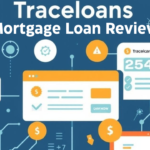


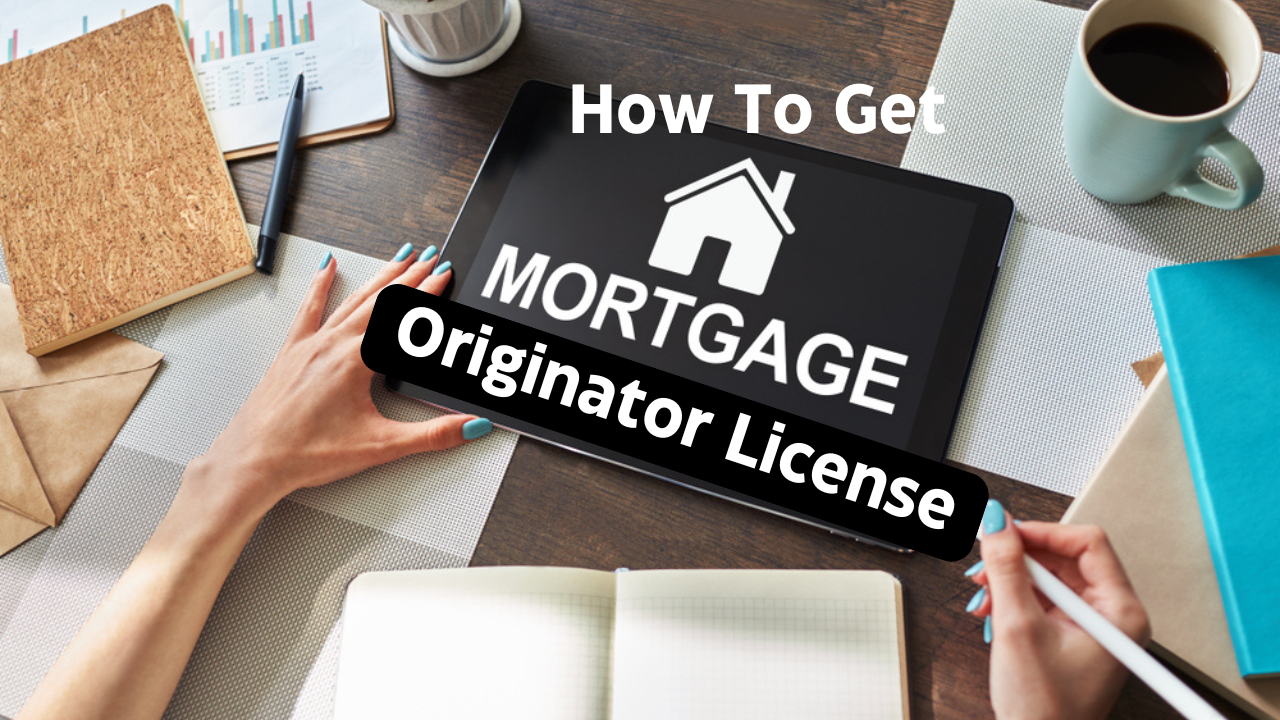
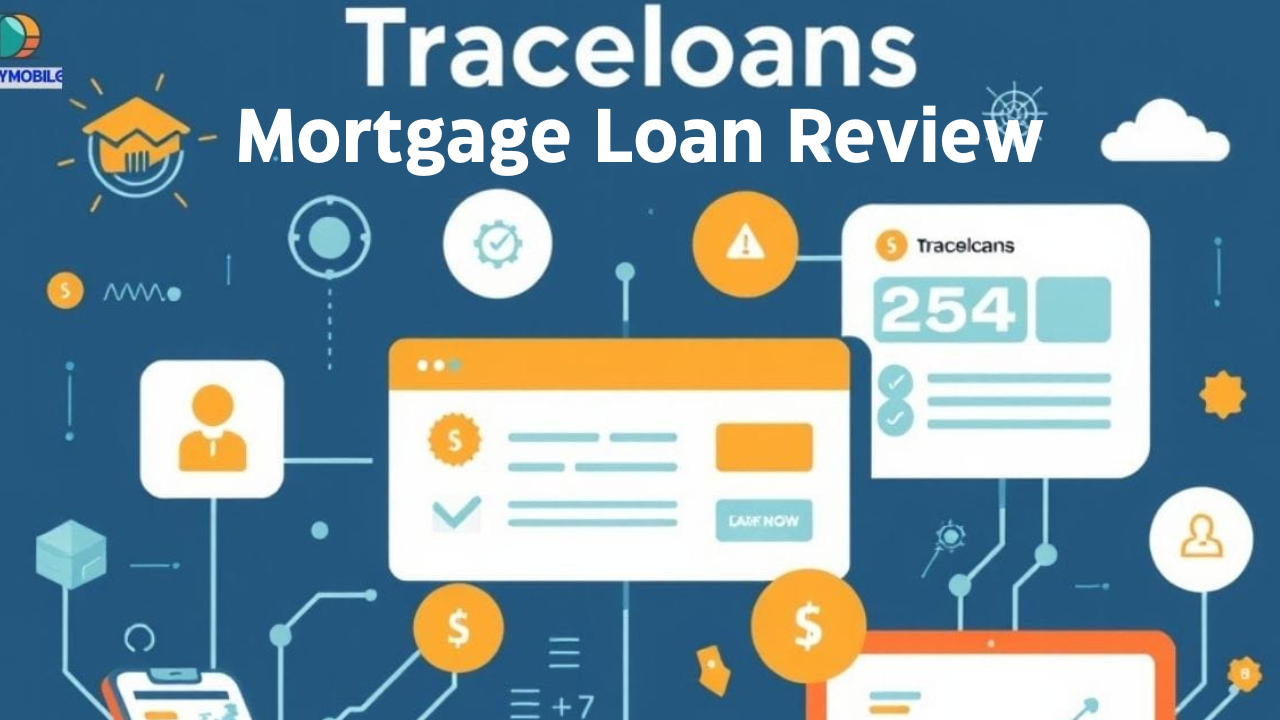
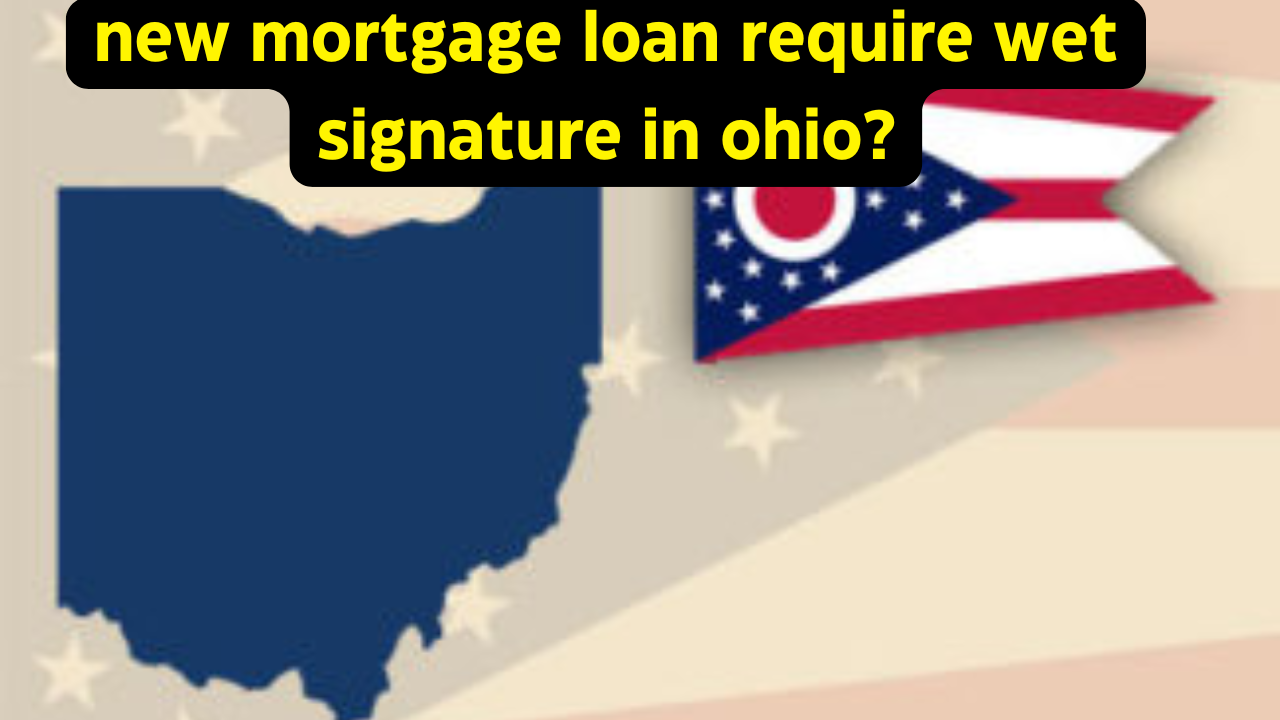

One thought on “How to Get Private Mortgage Insurance – Guide for Buyers”